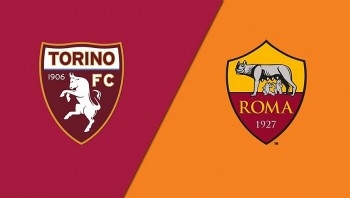Facts about Pluto
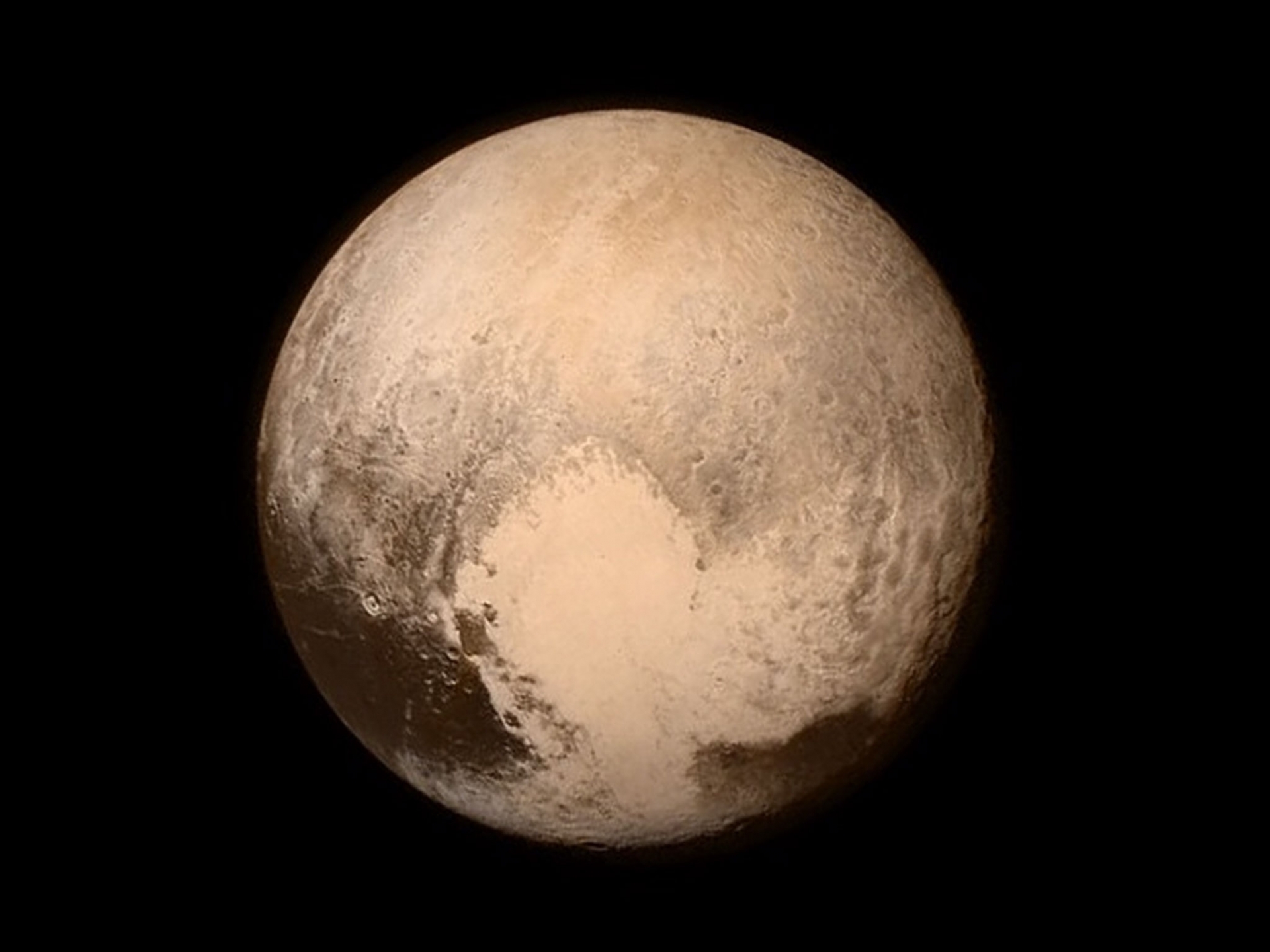 |
| Photo: Someinterestingfacts.com |
Facts about Pluto
-
Pluto was discovered on February 18th, 1930 by Clyde Tombaugh of the Lowell Observatory. In the 76 years between its discovery and subsequent reclassification as a dwarf planet, the planet completed under one third of its orbit around the Sun.
Photographic evidence of the former ninth planet was first sighted by 24-year-old research assistant Clyde Tombaugh at the Lowell Observatory in Flagstaff, Ariz. Tombaugh’s ashes are aboard the New Horizons spacecraft that passed by Pluto on Tuesday. Astronomer Percival Lowell predicted Pluto’s existence 15 years prior to Tombaugh’s discovery–even charting its approximate location based on the irregularity of Neptune’s orbit, as stated in time.com.
- In 2006, Pluto was reclassified from a planet to a dwarf planet. This happened after the IAU formalised the definition of a planet as “A planet is a celestial body that (a) is in orbit around the Sun, (b) has sufficient mass for its self-gravity to overcome rigid body forces so that it assumes a hydrostatic equilibrium (nearly round) shape, and (c) has cleared the neighbourhood around its orbit.“.
- The planet is named for Pluto, the Roman god of the underworld – the Roman alternative for the Greek god Hades. The name was proposed by an eleven year-old schoolgirl from Oxford, England by the name of Venetia Burney.
- It takes Pluto 246.04 Earth years to orbit the Sun.
- Pluto has five known moons. These are Charon, Styx, Nix, Kerberos and Hydra. The latter two moons were known as S/2011 (134340) 1 and S/2012 (134340) 1 before they were officially named.
- Pluto is smaller than many moons. When it was first discovered, Pluto’s small size surprised the scientific community who predicted it would be as large as Jupiter. The moons Ganymede, Titan, Callisto, Io, Europa, Triton, and the Earth’s moon are all larger than Pluto. It has 66% of the Moon’s diameter and just 18% of its mass.
- Sunlight on Pluto has the same intensity as moonlight on Earth. This is because it located so far from the Sun in the outer solar system – approximately 5,945,900,000 km.
- Either Pluto or Eris is the largest dwarf planet. The most accurate measurements currently put Eris at an average diameter of 2,326 km with a 12 km margin of error, compared to a 2,368 km diameter with a 20 km margin of error for Pluto. The atmosphere on Pluto makes it difficult to accurately map its size.
- The orbit of Pluto is eccentric and inclined. This means that the orbit takes it anywhere from 4.4 to 7.4 km from the Sun and that periodically Pluto is actually close to the Sun than the eight planet, Neptune.
- The first spacecraft will visit Pluto in July 2015. The New Horizons mission, launched in 2006 did a Pluto flyby on July 14th, 2015, on its way to the distant Kuiper Belt after almost a decade of flight.
- The term “plutoid” is used to describe objects in the solar system that are rounded and orbit the Sun beyond the orbit of Neptune. There are currently only four recognized plutoids – Pluto, Eris, Haumea and Makemake. Some astronomers believe they are at least 70 more objects that could be plutoids and are awaiting classification.
- Pluto and its moon Charon form a binary system. This means that the center of mass of the two objects is outside of Pluto and Pluto moves in small circles while Charon orbits it.
- The orbit of Pluto is chaotic and unpredictable. Scientists are able to predict the location of Pluto along its orbit path for the next 10-20 million years – beyond that it is unknown.
- It took sunlight over 3 hours to reach the New Horizons mission flying to Pluto.
-
New Horizons, the first vessel devoted to studying Pluto’s environment, is the size of a grand piano
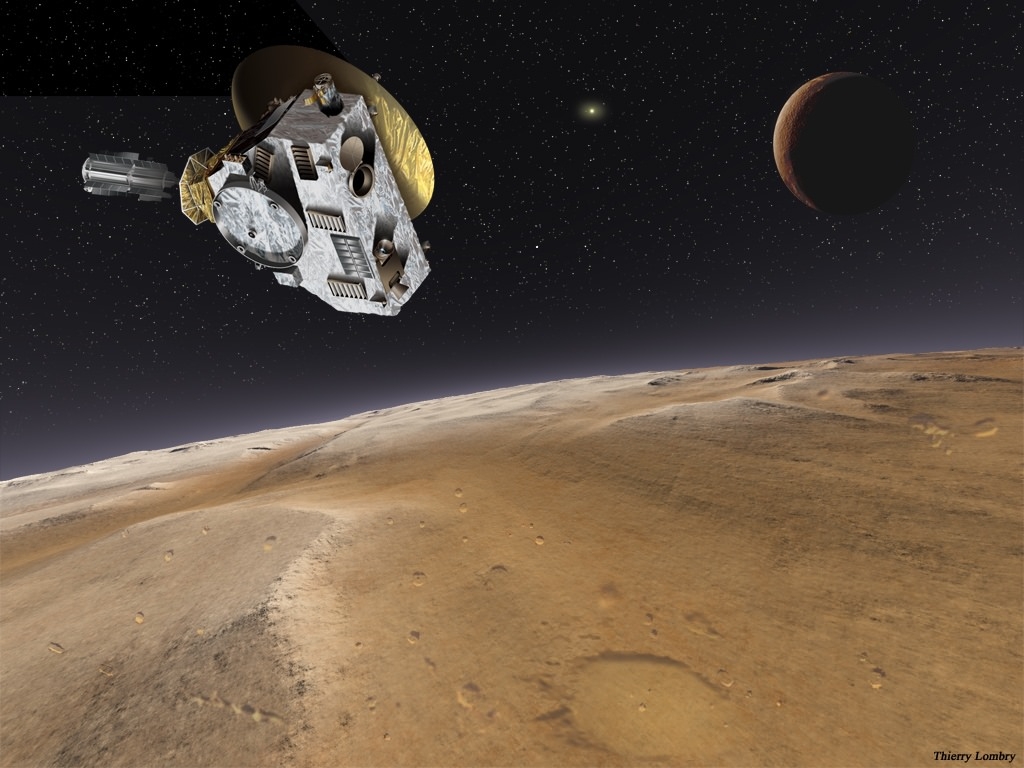
Photo: UniverseToday.com -
The New Horizons probe cost $700 million yet, weighing in at 1,000 pounds, is only the size of a grand piano. It completed the nine-year, 3-billion mile journey to Pluto on Tuesday morning, whizzing about 6,000 ft. from the dwarf planet at 31,000 mph, and snapping the closest pictures of Pluto to date as it passed.
- Some of the ashes of Clyde Tombaugh, the astronomer who discovered Pluto, are onboard the New Horizons probe that went to Pluto and beyond.
- Scientists believe that Pluto is made up of 50–70% rock and 30–50% ice by mass.
- Pluto is expected to have a solid rocky core, surrounded by a water ice mantle and a frozen nitrogen surface.
- Pluto’s core is predicted to be around 70% of its total diameter. This would put the core at around 1,700 km in diameter (1,000 miles).
- Pluto has an atmosphere sometimes. When Pluto is closer to the Sun on its elliptical orbit path the surface ice thaws and forms a thin atmosphere of nitrogen, methane and carbon monoxide. As it travels away from the Sun this then freezes back into its solid state, according to theplanets.org.
-
Pluto has a heart shape on its surface
Images released on Tuesday by NASA show a heart shape that measures approximately 1,000 miles across. As NASA reports, “much of the heart’s interior appears remarkably featureless–possibly a sign of ongoing geologic processes.”
-
Scientists discovered the Solar System’s third zone because of Pluto

Photo: PlanetForKids.com -
While Pluto’s frigid neighbors are responsible for its solar system downfall, they are also what make the New Horizons vision so compelling.
-
As Jeff Moore at NASA told TIME, “Pluto may be the star witness to the whole third zone of the solar system.” Before the discovery of the Kuiper Belt, the solar system was believed to be comprised of two zones: the inner zone, containing the rocky planets from Mercury to Mars, and the outer zone, containing the gas giants from Jupiter to Neptune. However, Pluto exposed astronomers to our solar system’s third zone, which Moore referred to as a “vast realm of ice worlds.”
Pluto is just the tip of the iceberg After New Horizons passes Pluto on Tuesday, it’ll continue traveling the Kuiper Belt, possibly making contact with another, smaller Kuiper Belt object (KBO) in 2018 or 2019. Pluto is just the beginning.
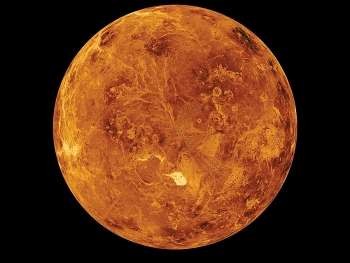 Facts about Venus: Top interesting Things Facts about Venus: Top interesting Things Venus is the second planet from the Sun. Venus is sometimes referred to as the Earth’s sister planet due to their similar size and mass. ... |
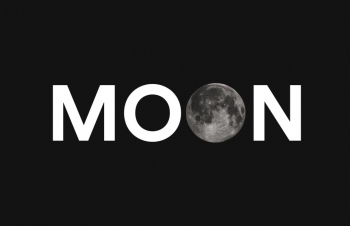 Facts about the MOON: Top 12 Interesting Things Facts about the MOON: Top 12 Interesting Things At a distance of 384,400 km from the Earth, the Moon is our closest celestial neighbour and only natural satellite. Like the Earth itself, the ... |
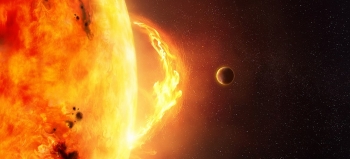 Facts About The Sun: Top 12 Interesting Things Facts About The Sun: Top 12 Interesting Things Think you know everything there is to know about the Sun? Think again. Here are 12 interesting facts about the Sun, collected in no particular ... |























